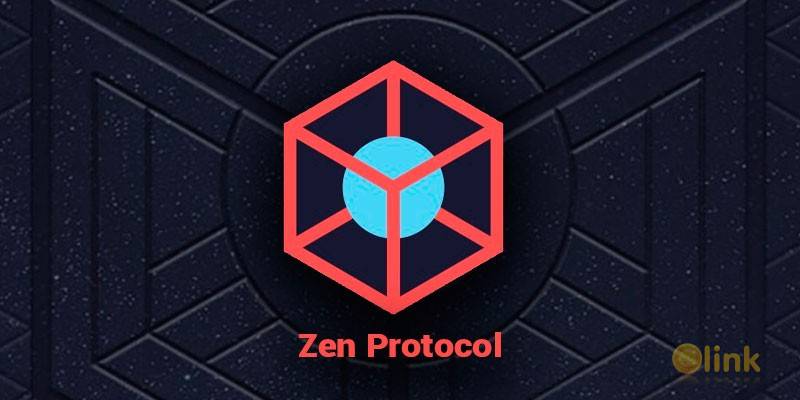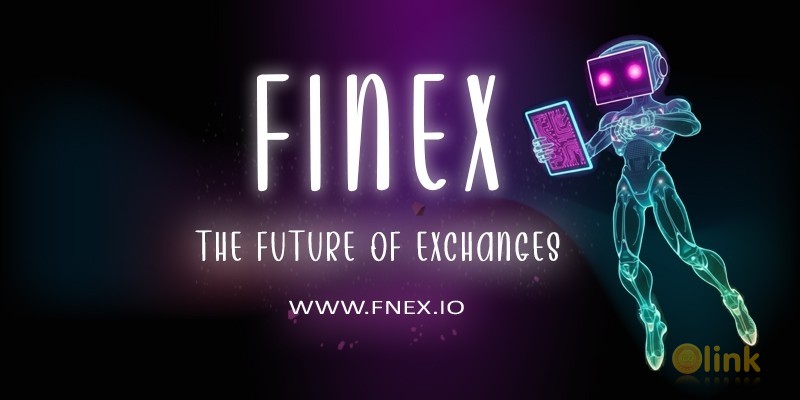ICO Zen Protocol
Zen Protocol ICO Links:
-
Start: 2017-Nov-30
-
Finish: 2017-Dec-30
-
Ticker: ZEN
-
Platform: Blockchain
ICO Zen Protocol Description:
Decentralized platforms let their participants avoid counterparty risk without using trusted intermediaries. The Zen Protocol is the basis for such a platform. Zen is a parallel blockchain to Bitcoin, allowing users to create assets that react to events on the Bitcoin network. Zen targets financial use cases such as trading and creating new kinds of assets. In this white paper, we discuss how Zen works, how it differs from existing smart contract platforms, and what sort of applications it makes possible.
The Zen blockchain is designed to support real financial products, with powerful automation and freedom from central control. These uses motivate many decisions about the Zen Protocol’s architecture. This section gives a high-level overview of that architecture.
Zen has a scarce native token for contract activation, but this token is not intended as monetary competition. Rather, Zen supports tight integration with the Bitcoin blockchain, allowing for Bitcoin-backed assets that can be used as currency on the Zen Protocol. The scarce native token means that there’s no need for an “official” Bitcoin-backed asset1 : multiple, competing services put Bitcoin-value onto the Zen blockchain. At the same time, the native token lowers the cost of using Zen by subsidizing the miners who secure the chain. Every Zen full node keeps track of Bitcoin consensus, giving contracts the ability to use the state of the Bitcoin blockchain when deciding what actions to take. The Zen Protocol attempts to be forward-compatible with updates to Bitcoin, such as drivechains, that offer a decentralized way to move Bitcoins between different blockchains. This solves the problem of smart contracts competing for the resources used to secure money transfer.








